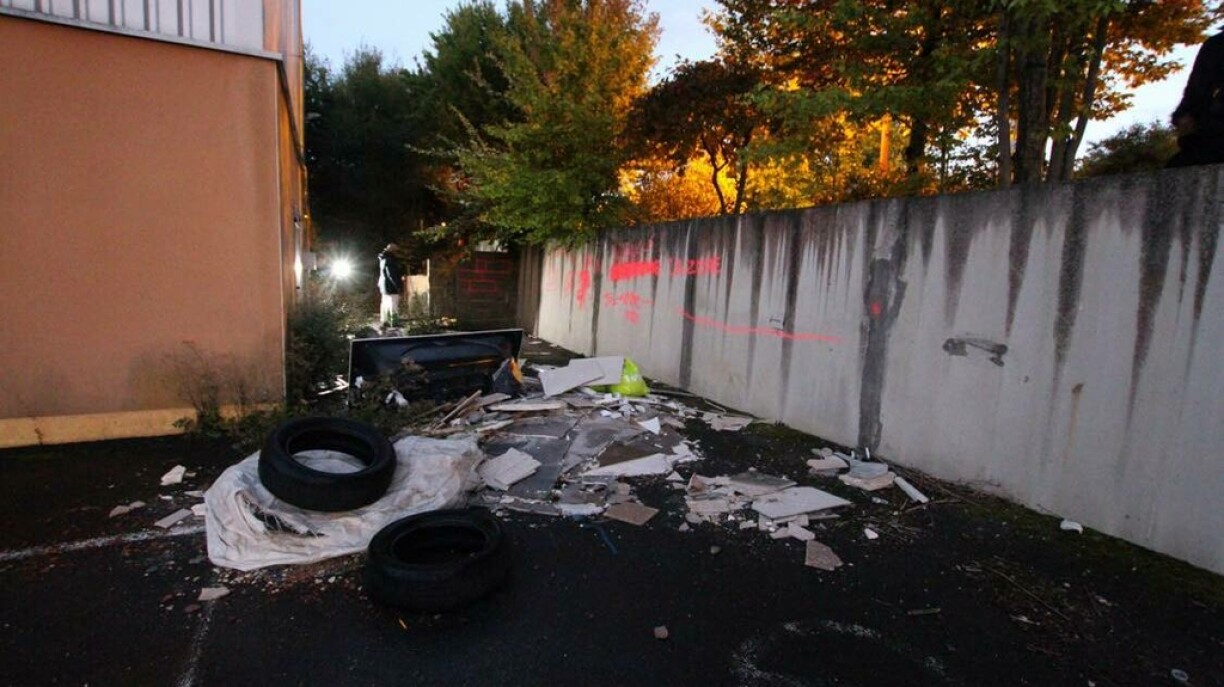
The trial concerning the murder of Diana Santos, a case that shocked the region after her dismembered body was scattered across France and Germany, continued Thursday at the Diekirch court, with the prosecution outlining a likely motive of romantic obsession.
The court heard that the 40-year-old Portuguese national was killed in her Diekirch home on 18 September 2022, before her body was dismembered in the cellar. The investigation began when a woman’s torso was discovered in Mont-Saint-Martin, France, on 19 September, which was quickly identified as Santos. Her legs and head were found six weeks later in Temmels, Germany. Her arms have still not been found.
During Thursday’s hearing, the narrative presented by the accused – that his nephew was the perpetrator – was called into question. The nephew, who had fled to Morocco, was absent from the trial. Although he subsequently turned himself in to Moroccan authorities, his passport was confiscated and he is now subject to an international arrest warrant.
According to an investigator’s testimony, the case broke open on 26 September 2022, when the nephew contacted Diekirch police and accused his uncle of the murder. This contradicted the uncle’s initial claim that the nephew wanted to enter into a sham marriage with the victim. He had alleged that there was an argument between the “fake” couple, after which his nephew killed the victim with a knife.
The investigation, however, found the nephew’s account more credible. Evidence presented suggests the accused was not merely a friend but was involved in a romantic affair with Santos, who wished to end the relationship to start a new one. The court was told the accused had sent Santos numerous messages that alternated between declarations of love and death threats. The nephew described his uncle as controlling of Santos’s phone and movements, a portrayal supported by acquaintances who characterised the man as aggressive, jealous, and possessive.
Crucial evidence from a surveillance camera at a nearby garage helped investigators meticulously reconstruct the timeline of the crime. The footage detailed the comings and goings at Diana Santos’s home on the day she was killed.
According to the prosecution, the sequence of events began after the victim had a video call with her boyfriend at 1.30pm. The nephew informed his uncle, who lived just five minutes away. The accused immediately drove to the scene.
A key moment captured on video, the investigator told the court, was when the uncle exited the house at 2pm, walked to the street, and returned inside. “In our view, that’s when something happened”, the investigator stressed. The nephew did not return to the home until 2.22pm. Throughout the afternoon, the nephew was seen coming and going until approximately 7.30pm, when both men left by car for Mont-Saint-Martin, France, where they disposed of the torso. They later travelled to Temmels, Germany, to discard other body parts.
The court also heard that the uncle exerted significant control over his nephew, who allegedly complied with his demands out of fear. The nephew stated during interrogation that his uncle threatened to harm him and his family if he spoke to the police, which prompted his flight to Morocco on 23 September 2022.
This testimony built upon evidence presented earlier in the week, where experts confirmed the victim died from a blow to the neck and a severed carotid artery. Blood evidence suggests the killing occurred in the bedroom, with the dismemberment taking place in the cellar.
The trial is scheduled to continue on Friday morning.
Diana Santos murder case: No clear motive established after first day of trial